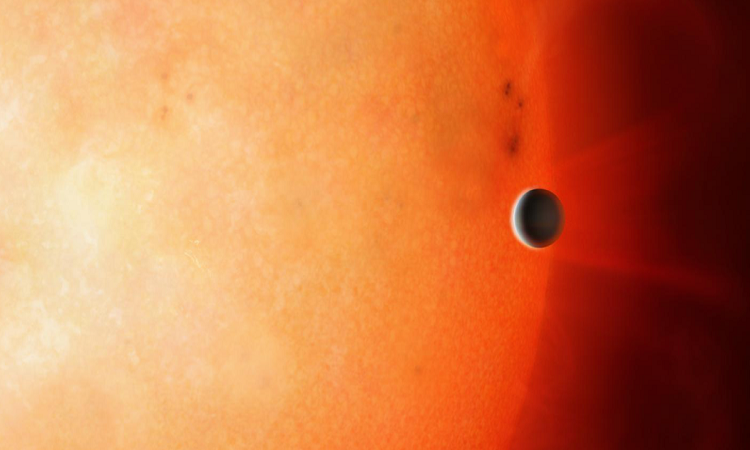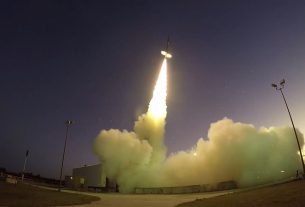The desert of Neptune is the region near a star where there are no planets the size of Neptune. This area receives intense irradiation of the star, which means that the planets do not retain their gaseous atmosphere as they evaporate, leaving only a rocky core. However, the new exoplanet named NGTS-4b does have its gas atmosphere.
NGTS-4b, also known as ‘the forbidden planet’ by researchers, is a planet smaller than Neptune but three times larger than Earth. It has a mass of 20 land masses, a radius 20% lower than that of Neptune, and a temperature of 1,000 degrees Celsius. Orbit around its star in just 1.3 days, it is equivalent to the Earth year.
It is the first exoplanet of this type that has been found in the desert of Neptune.
Researchers believe that the planet may have moved to the area recently, for the last million years, or that it was very large and the atmosphere is still evaporating.
“It is remarkable that we have found a planet in transit through a star that is darkened by less than 0.2%, which has never been done before with telescopes on Earth,” the scientist added.
In search of new planets astronomers seek an interruption of light that emits a star. This means that the planet that orbits blocks the light. Something similar happens during a solar eclipse. In general, physical devices only detect dives of 1% or more, but the telescopes used in this study can detect a darkening of only 0.2%.
The discovery was made with the help of the Next-Generation Transit Survey (NGTS) telescope system, located at the Paranal Observatory in the heart of the Atacama Desert, Chile. It is a collaboration between the British universities of Warwick, Leicester, Cambridge and the Queen’s University of Belfast, together with the Geneva Observatory, German Aerospace Center and the University of Chile.




